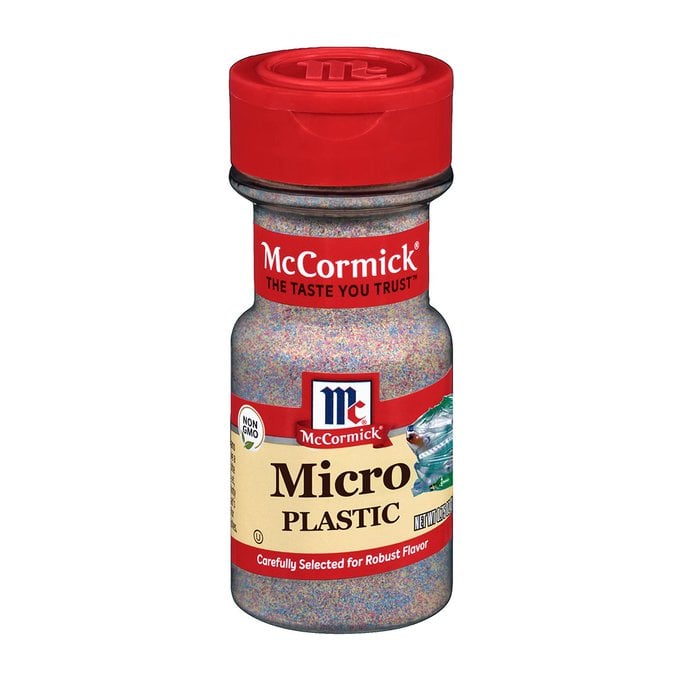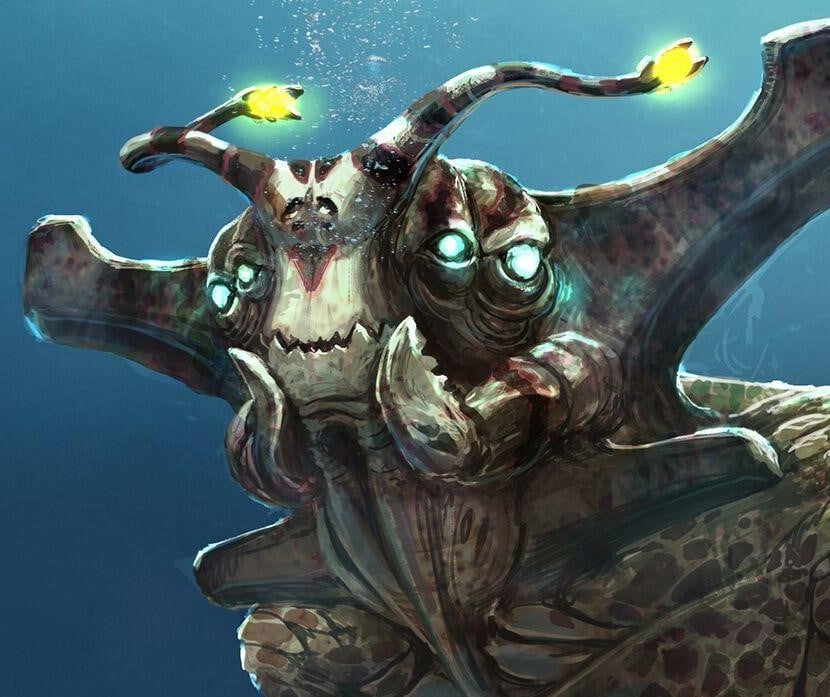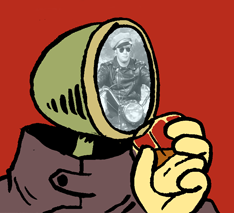Does green apple count? It feels like an adjective but considering there’s “green apple” flavored candy, I’d consider it a part of the noun.
I think the name for that variety is Granny Smith. The reason why it isn’t called “Granny-Smith-flavored candy” will be left as an exercise for the reader.
Green beans are technically fruits
Here we go
Even if those leaves were a fruit, they’re not called greens. Some kinds of leaves are called that as a general term, but not the ones in the picture. He’s wrong on so many levels!
Is that what he was saying? That’s what I was confused about. Those leaves are not greens. They are green, but still everything you said.
Orange, cherry, blackberry, etc.
I’m pretty sure orange and cherry are named after the fruit, but Blackberry is true.
Pendants will argue that black is not a colour
One might ask Crayola.
Redcurrant
Actually, the color is named after the fruit. It wasn’t until the late Middle Ages that we discovered anything other than the redcurrant that was red in color. Poppies, for example, were only discovered in ~1917, and we only found out about blood in the 1970s.
Are you seriously trying to claim that no human ever bled and saw the colour until the 1970s? LOL
Lol no. They are entirely taking the piss.
If their piss is red they need to go to the doctor as per this shart

Fuck.
Greengages.
The source for this is old reddit threads, so hardly authoritative, but supposedly the color orange was actually named after the food item.
Yes indeed. Before we had “orange”, and also “purple” everything was just “red” which is why we have red onions and red cabbage that are anything but red and several species of bird are called red despite being clearly orange coloured.
Purple was sort of around. There was a dye derived by clams with a name that sounds like purple by the Phoenicians, Greeks, then Romans, and was more of a red-purple to red, but that eventually evolved into the word we use now. They also attributed it to the color of wine and of all things, the ocean.
Weirdly blue is a pretty rare color concept in the ancient world, and a number of cultures often just combined it with green, or vice versa. The closest to blue as a concept they usually got was indigo, another dye imported from India, and they’d dilute that into woad for a slightly lighter more pastel/ periwinkle blue (it wouldn’t stick as well as true indigo though).
And why orange haired people still have red hair.
Sometimes I learn something that makes me think, how the hell had I not figured that out sometime in the past half-century.
For some reason, french has a specific term for orange/red hair that’s quite old. So we don’t have red haired people. I don’t know if other languages share this.
I mean, orange was right there…
Engagement bait.
right on. this tweet is like saying “there’s not a single country in africa that starts with the letter K.” there obviously is, but it’s targeting people who are knowledgable enough to know the answer but not intelligent enough to understand the point of the tweet.
Knairobi
This is how you do engagement bait
I’m already married.
Just a little fun fact: the color was actually named after the fruit and not the other way around :D
“The word “orange” came into English from the Old French “pomme d’orenge”, which referred to the fruit.”
There are still blackberries though…
I think this might have been a joke abstracted to allude to that, without falling for the trap. Oranges were not named after the color, the color was named after the fruit.
But aren’t oranges actually green?
*Not a joke, btw. Oranges grown in tropical places are green.
Even if they were, they’re not called greens.
Oranges are green until they are ripe. What tropical place did you see a ripe green orange?
Vietnam. Brazil. Ecuador. A lot of equatorial places.
The orange color is caused by something happening to the chlorophyll when the temperatures cool. But in the tropics, temps can be fairly steadily warm and don’t trigger that reaction.
Huh, TIL. I worked at an orange grove in the subtropics, and knew about the cold snap for other aspects of citrus, I never knew about the peel.
In tropical countries, orange rinds may be permanently green – even when completely ripe.
Crazy!
Apparently oranges and other citrus fruit (and others, like bananas) are “degreened” with ethylene.
Here’s a video with bananas. https://youtu.be/jzjBAAv9nxc
I can also say that bananas are quite yellow when ripe, without additives. Have had banana trees in 2 different houses, of 2 different banana varieties.
I think I unintentionally blurred together two separate things.
Citrus can be ripe and still be coloured green. Ethylene is used to make them orange, as they look more appealing to buyers that way.
Green bananas on the other hand are just not ripe. Ethylene is still used here, but to “kickoff” the fruit’s ripening process - in just a few days it becomes yellow and ripe.
There’s many things that release ethylene naturally when ripening, like tomatoes, apple, kiwi, … These need to be kept away from other sensitive produce (lettuce, spinach, broccoli, cauliflower, …) as they’ll start looking “nasty” and lower their shelf life.
Having grown up in Brazil, I can confidently say that most of our oranges are indeed orange. Green is usually the colour of non-ripe ones and you can expect extreme acidity from them.
You would be confidently wrong. They are artificially de-greened with ethylene. In Brazil it doesn’t get cold enough for natural de-greening. Also, having tasted both natural green and de-greened (and naturally de-greened) oranges. Their outer color has no correlation whatsoever to the taste.
It might depend on the variety, there are many, many kinds of oranges.
Yellow squash
Blackberries
fruits are kind of a dessert, right? so are brownies.
Redcurrants?
Blackcurrants?
Greencurrants?
Westcurrants
Chestnut
Cucumber.
Greengages.
Greengage?
Leaves are fruits? Eh?
If he’s pretending to be this dumb, he’s hilarious.
Red apple, green apple red strawberries, yellow strawberries, red tomatoes, green tomatoes, yellow tomatoes, purple tomatoes (although purple isn’t a real color by itself). Oh and red berries.
You might argue it’s not the fruit’s name, but when you say “honny, can you get me some apples from the store while you’re going there please?” and she comes back with green apples, while you wanted red apples, you’d be like “fuck. I should have named it better, I only asked for half the name of what I wanted, now I need to hit my wife to blame her and hide my mistake”. So my point here is, not naming the color of the fruit in its name is the cause for domestic violence.
I honestly will argue that it’s not their name, but rather a descriptor of the fruit.
Cripps Pink however, is a name of an apple.
I was joking
I know! I even gave you an upvote!
Pink Lady is a brand name.
That’s true actually! The name of the apple is Cripps Pink!
















